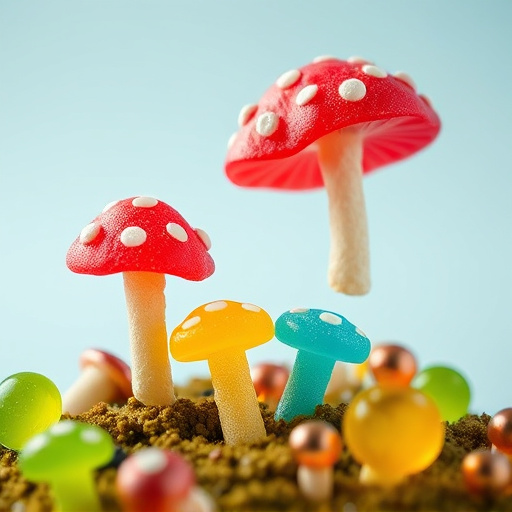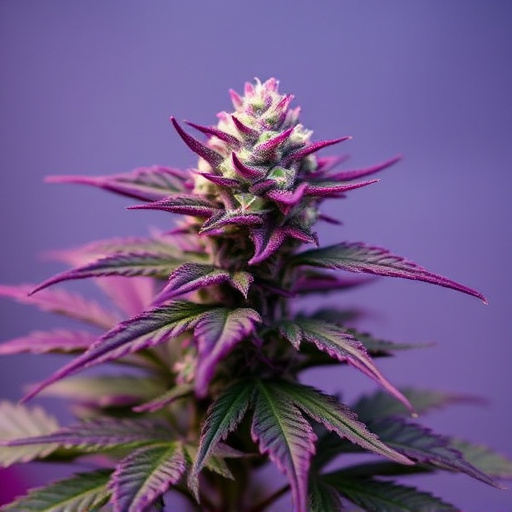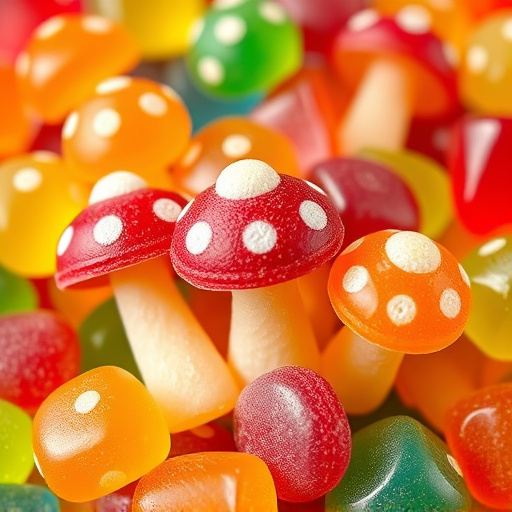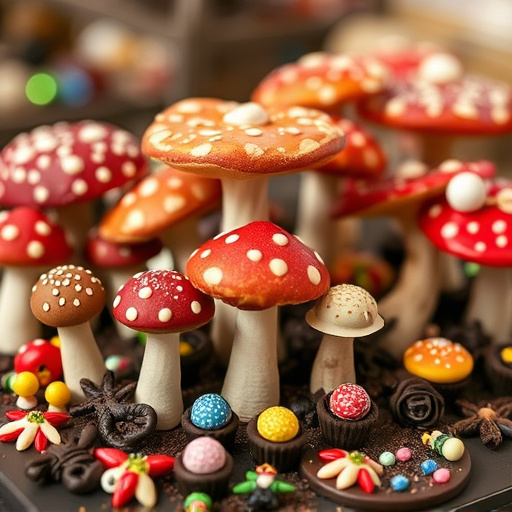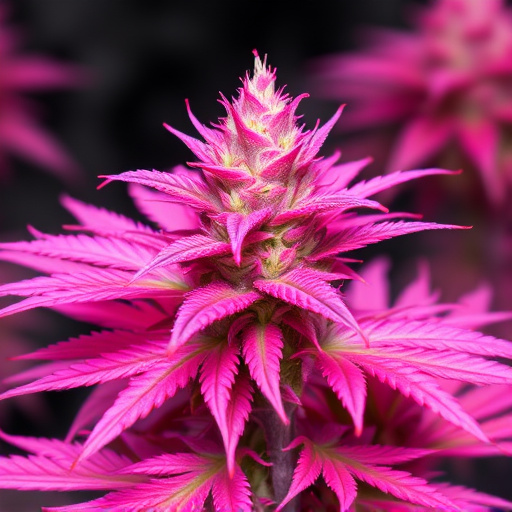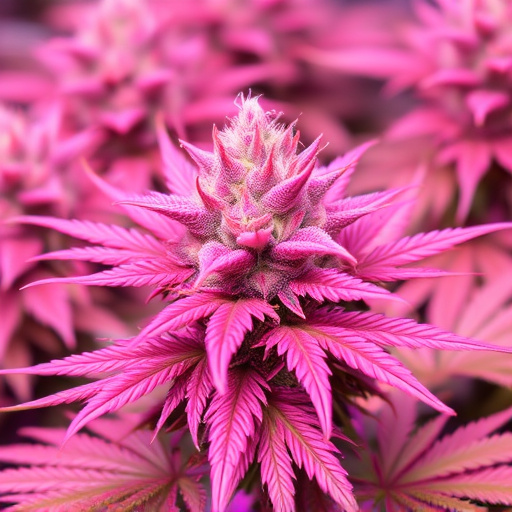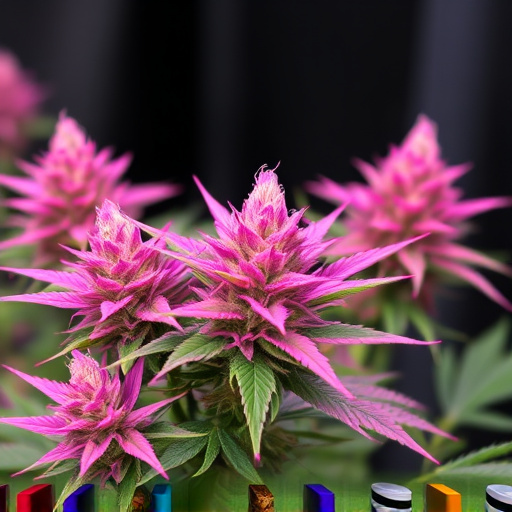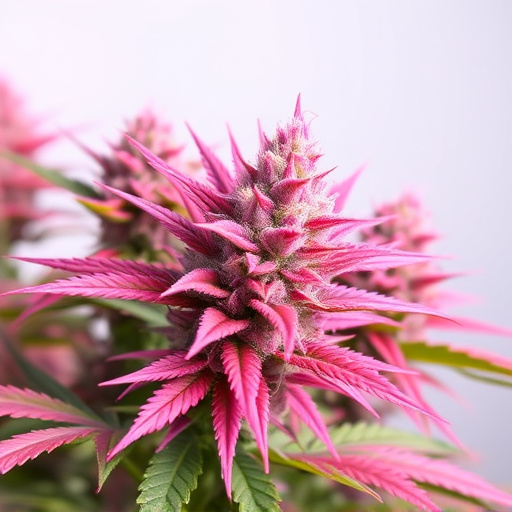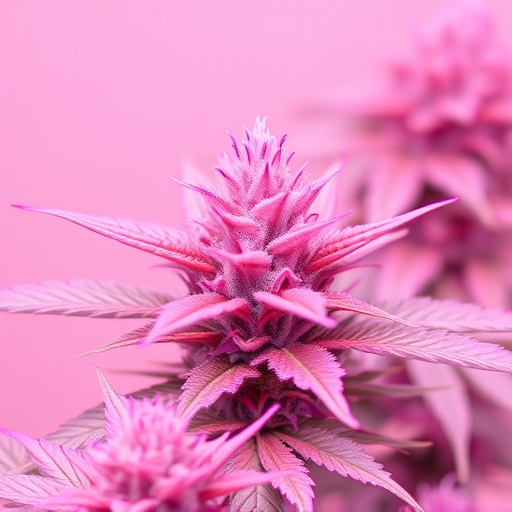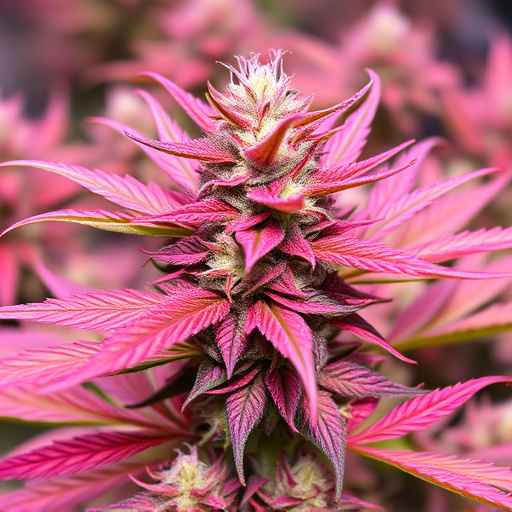In the dynamic cannabis market, rare pink strains stand out due to their distinct genetics from meticulous breeding. Highly prized for vibrant colors, potential medicinal benefits, and unique flavors, their scarcity is driven by challenges in acquiring seed stock and preserving rare traits over generations. With a devoted following, these enigmatic strains are seen as game-changers for consumers seeking novel experiences. The rarity of pink cannabis strains results from complex genetic makeup and terpene profiles, making consistent cultivation a challenge. Growers must employ advanced techniques to control environmental factors and preserve these delicate profiles, ensuring rare pink cannabis strains maintain their reputation on the market.
In the ever-evolving landscape of cannabis, certain strains remain elusive, particularly the rare pink cannabis varieties. This article delves into the intricate reasons behind their limited availability. We explore the genetic uniqueness and complex terpene profiles that make these strains challenging to cultivate consistently. Furthermore, we analyze cultivation challenges, market demands, and distribution networks, revealing why some pink cannabis strains are hard to find, despite their increasing popularity.
- Uniqueness and Rare Genetics
- – The rarity of certain cannabis strains stems from their unique genetic makeup
- – Discussion on how rare genotypes and specific terpene profiles make some strains hard to cultivate consistently
Uniqueness and Rare Genetics
In the ever-evolving world of cannabis, certain strains stand out for their rarity and unique genetic makeup. One such example is the elusive pink cannabis strain, which has captured the curiosity of many enthusiasts. These rare varieties are often the result of meticulous breeding processes, where cultivators strive to preserve specific traits that set them apart. The uniqueness lies not only in their vibrant hues but also in their potential therapeutic benefits and distinct flavor profiles.
The rarity of these strains can be attributed to various factors, including limited availability of seed stock and the challenge of maintaining rare genetics over multiple generations without compromising quality. Pink cannabis strains, in particular, have gained a cult following due to their aesthetic appeal and hints of mystical properties. As such, they represent a game-changer for consumers seeking novel experiences, with each bud telling a story of careful cultivation and an enigmatic heritage.
– The rarity of certain cannabis strains stems from their unique genetic makeup
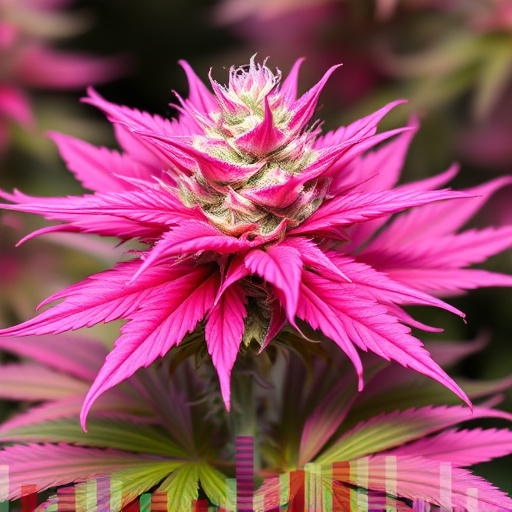
The rarity of certain cannabis strains, such as the enchanting pink cannabis strains, can be attributed to their distinctive genetic composition. These varieties are often the result of meticulous breeding processes, where growers aim to preserve rare and beneficial traits. The pursuit of specific attributes like high THC levels, unique terpene profiles, or particular medicinal benefits leads to the creation of these coveted strains.
Each cannabis strain carries a distinct genetic code that influences its appearance, aroma, flavor, and effects. Pink cannabis strains, for example, owe their rarity and allure to rare genetic mutations that result in the production of specific cannabinoids and terpenes. Growers who specialize in these varieties spend countless hours refining their cultivation techniques to ensure the consistent emergence of these desirable traits, making them hard to find but highly sought after by cannabis enthusiasts.
– Discussion on how rare genotypes and specific terpene profiles make some strains hard to cultivate consistently
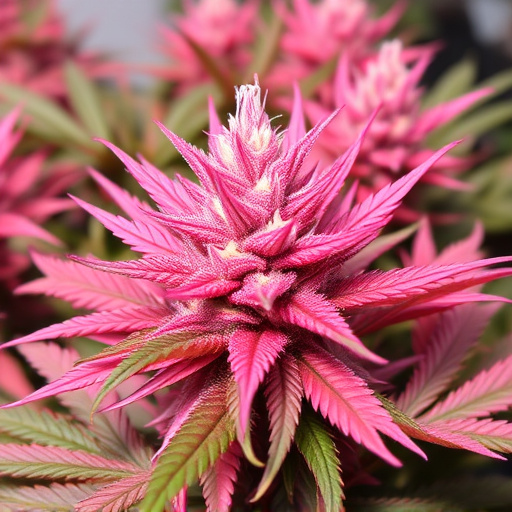
In the world of cannabis, certain rare genotypes and specific terpene profiles contribute to the challenge of cultivating some strains consistently. Pink cannabis strains, for instance, are renowned for their unique visual appeal but often possess complex chemical compositions that make them difficult to reproduce on a large scale. The rarity of these genotypes means growers must source seeds or clones from specialized breeders, adding another layer of complexity and potential inconsistency.
Moreover, the delicate balance of terpenes in pink strains can be hard to maintain. Terpenes are responsible for the distinct aromas and flavors associated with different cannabis varieties. Any disruption in this chemical symphony can lead to a strain that fails to live up to its reputation. Therefore, cultivators must meticulously control environmental factors and employ advanced techniques to ensure the terpene profiles remain intact, making these rare strains even harder to find and maintain consistently on the market.
The elusive nature of certain cannabis strains, such as the enchanting pink varieties, can be attributed to their intricate genetic compositions. The challenge lies in the rare occurrence of specific terpene profiles and genotypes that contribute to their unique attributes. As cultivators strive to reproduce these remarkable plants, understanding and preserving their genetic diversity becomes paramount, ensuring a future where these hard-to-find strains remain not just a whisper in the cannabis community but a vibrant reality for all enthusiasts to enjoy.


